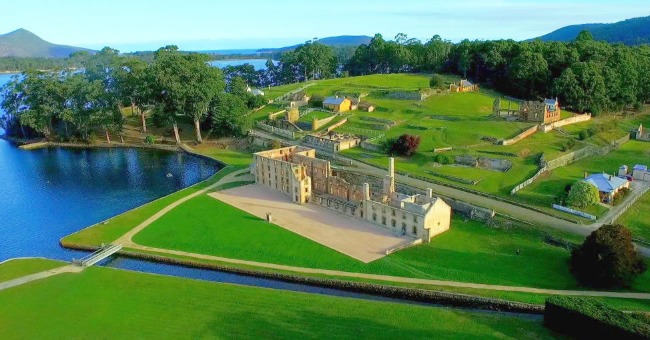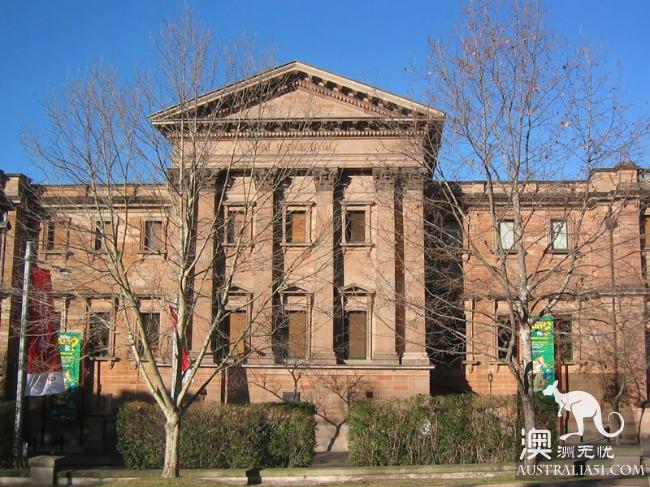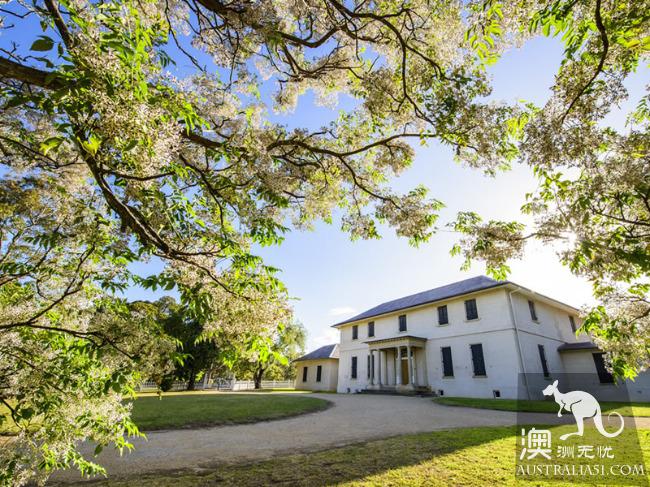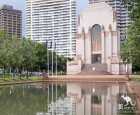Australia has 19 World Heritage sites assessed by UNESCO, ranking 14th among the countries of the world, including 12 World Natural Heritage sites, 3 World Cultural Heritage sites and 4 Natural and Cultural Heritage sites. Today, let's take a look at the Australian convict exile site, (Australian Convict Sites)., which belongs to the cultural heritage.
Australia was the place where British prisoners were exiled in the 19th century. In 1787, the first ship carrying criminals left the United Kingdom and arrived in Sydney at the beginning of the next year. Britain has set up prisons and exiles in New South Wales and Tasmania to impose forced labor on criminals.
Australian criminal exile sites were inscribed on the World Cultural Heritage list in 2010 under World Heritage No. 1306. Australian criminal exile sites are not a single site, but a total of 11, distributed in New South Wales, Tasmania, Western Australia and so on. As a result of this cultural heritage, the United Nations Educational, Scientific and Cultural Organization (UNESCO) states:
In the 18th and 19th centuries, the British Empire first discovered the Australian continent and set up thousands of prisons there. 11 colonial prisons or sites associated with exile, mainly located in New South Wales and Tasmania, [Australian convict exile sites] have been selected for the purpose of being exiled from their own countries. [the Australian convict exile site] has selected 11 of these colonial prisons or sites related to exile history, mainly in New South Wales and Tasmania. But there are also several overseas territories located in (Norfolk Island, Norfolk Island, Australia, and Fremantel (Fremantle), Western Australia, where most of the sites are natural coastal areas. These prisons have held thousands of men, women and children who have been exiled by British courts to the Australian colonies. Each prison has its own purpose, either punitive incarceration or allowing prisoners to assist in colonial construction through reeducation through labour. The legacy is the best example of mass expulsions and colonial expansion by European countries.

Port Arthur 缩写为 Pt Art

Historical site of Hyde Park

Palamat Old goverment Building
All of these 11 sites are now no longer prisons or exile sites, and most of them have been converted into museums open to the public. Some of these sites are still well known, so when you travel in Australia, If you are interested in the history and culture of Australia, you can choose to visit the 11 sites as follows:
- The historic sites of Kingston and Arthur Valley, (Kingston and Arthur's Vale Historic Area), (Norfolk Island), Norfolk Island
- Old goverment Building in Palamat (Parramatta Old Government House) and City Square (The Domain), New South Wales
- Hyde Park Barracks site (Hyde Park Barracks), New South Wales
- Brickington Wilmore Abbey (Brickendon and Woolmers Estates), Tasmania
- Darlington Parole Board (Darlington Probation Station), Tasmania
- Old Great North Road (Old Great North Road), New South Wales
- Cascadian women's factory site, (Cascades Female Factory), Tasmania
- Historic site of Port Arthur (Port Arthur Historic Site), Tasmania
- (Coal Mines Historic Site), Tasmania, a coal mine historic site
- Corkto Prison site (Cockatoo Island Convict Site), New South Wales
- Freeman Prison (Fremantle Prison), Western Australia
Of all the exiled sites, the most famous is the port of Arthur in (Port Arthur), on the Tasman Peninsula in Tasmania, where there are some of the best-preserved prisons in Australia, from 1830 to 1877. There were more than 11,999 exiled prisoners in Britain, surrounded by mountains, like a natural barrier castle, and the most dreaded place for exiles of the day. Visitors are now visiting ancient churches, gunpowder depots, cells and guard towers built by former prisoners. There is also an exotic prison museum featuring pictures and objects of the year, including prisoners' jackets, whips and chains.




